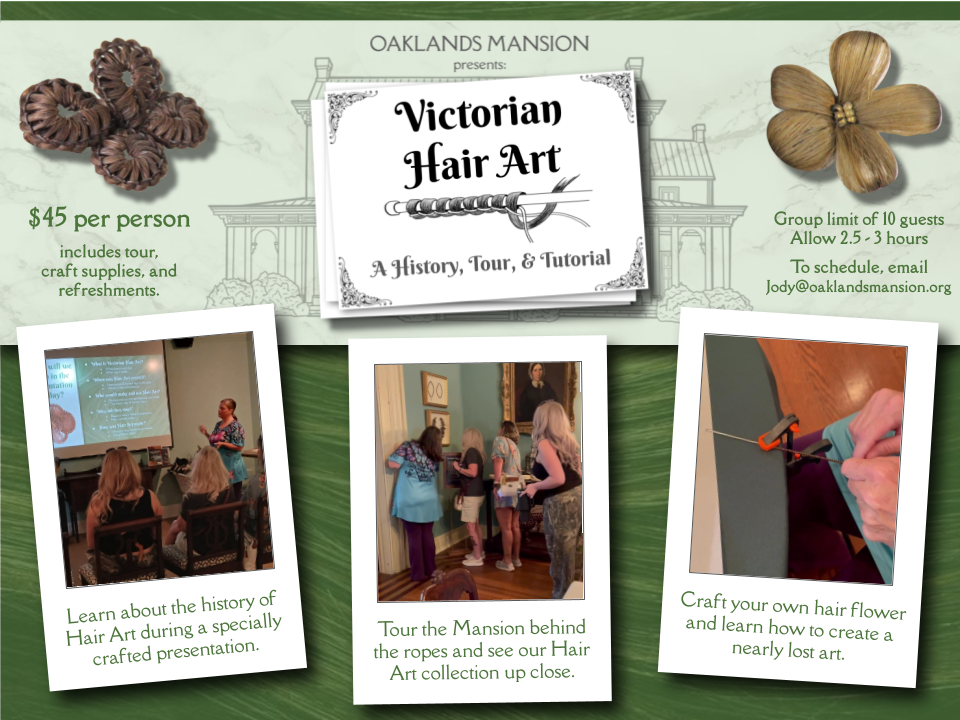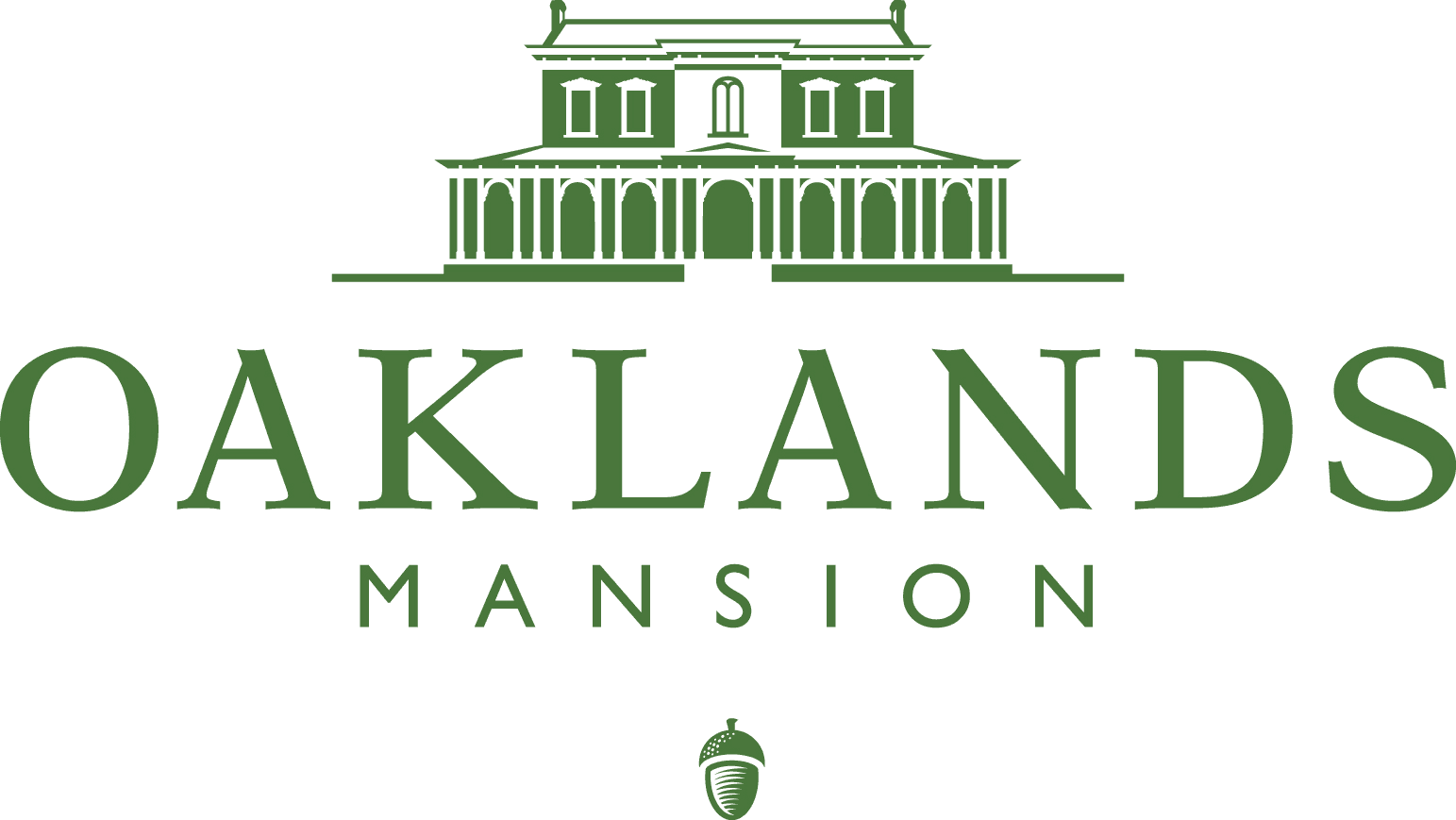Victorian Hair Art
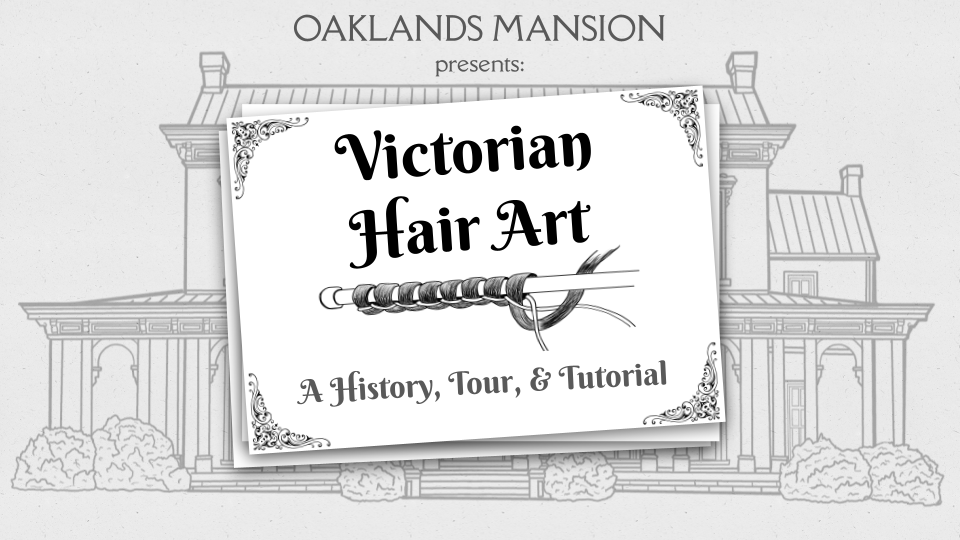
“Hair, that most imperishable of all the component parts of our mortal bodies, has always been regarded as a cherished memorial of the absent or lost. Impressed with this idea, it appears to us but natural, that of all “parlour occupations,” the manufacture of ornaments in hair must be one of the most interesting.” — The Sixpenny Magazine, 1864

In the Victorian Era, a loved one’s hair was considered a precious and cherished material. It was considered a versatile, renewable, and useful fiber and stronger than horse hair or wool. While most hair that was exchanged may have been a simple braid or a small lock, some was much more elaborate. If one did not know the art of Hair Work, they could send the loved one’s hair to a professional Hair Worker and have it returned as a masterpiece.
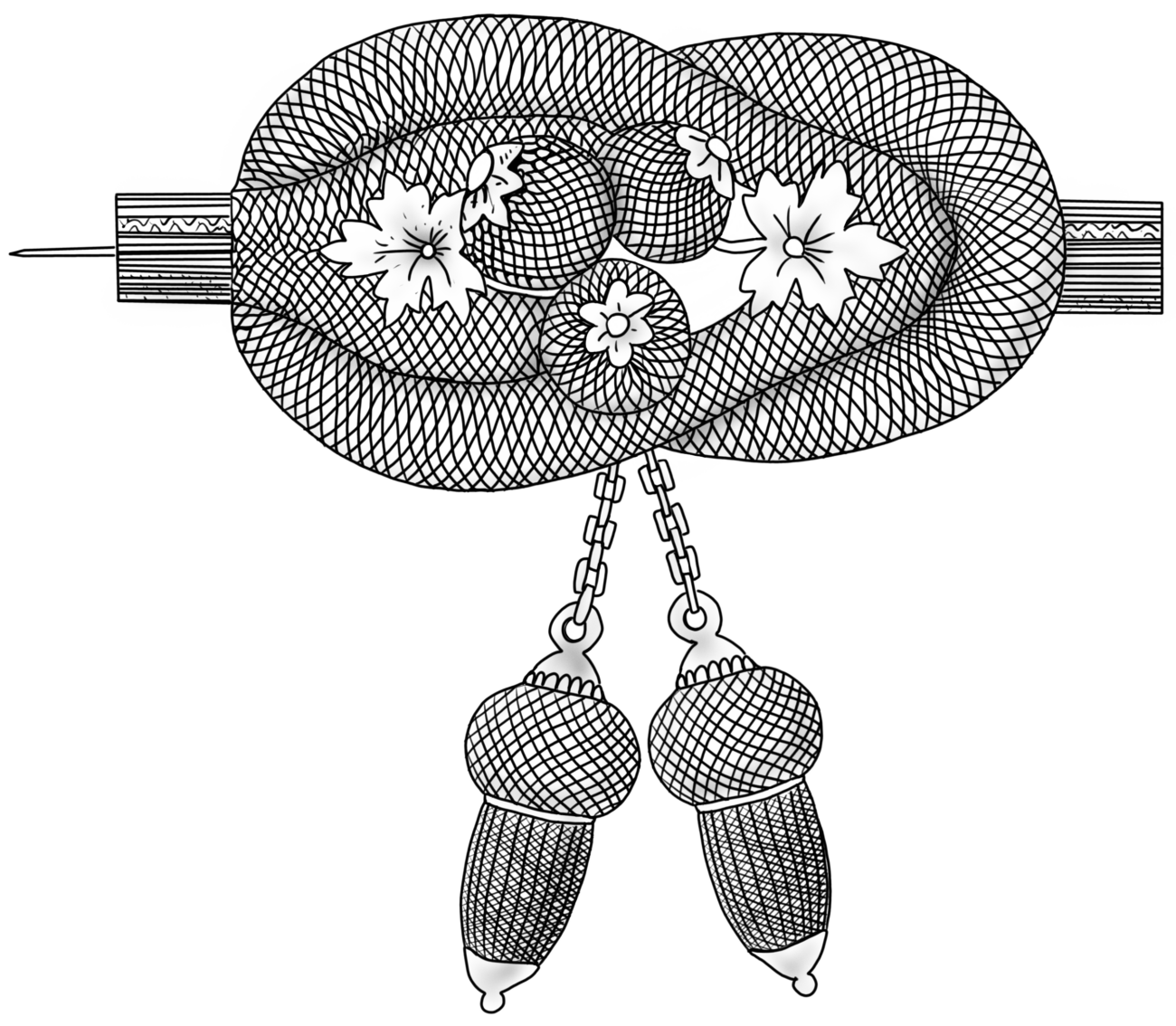
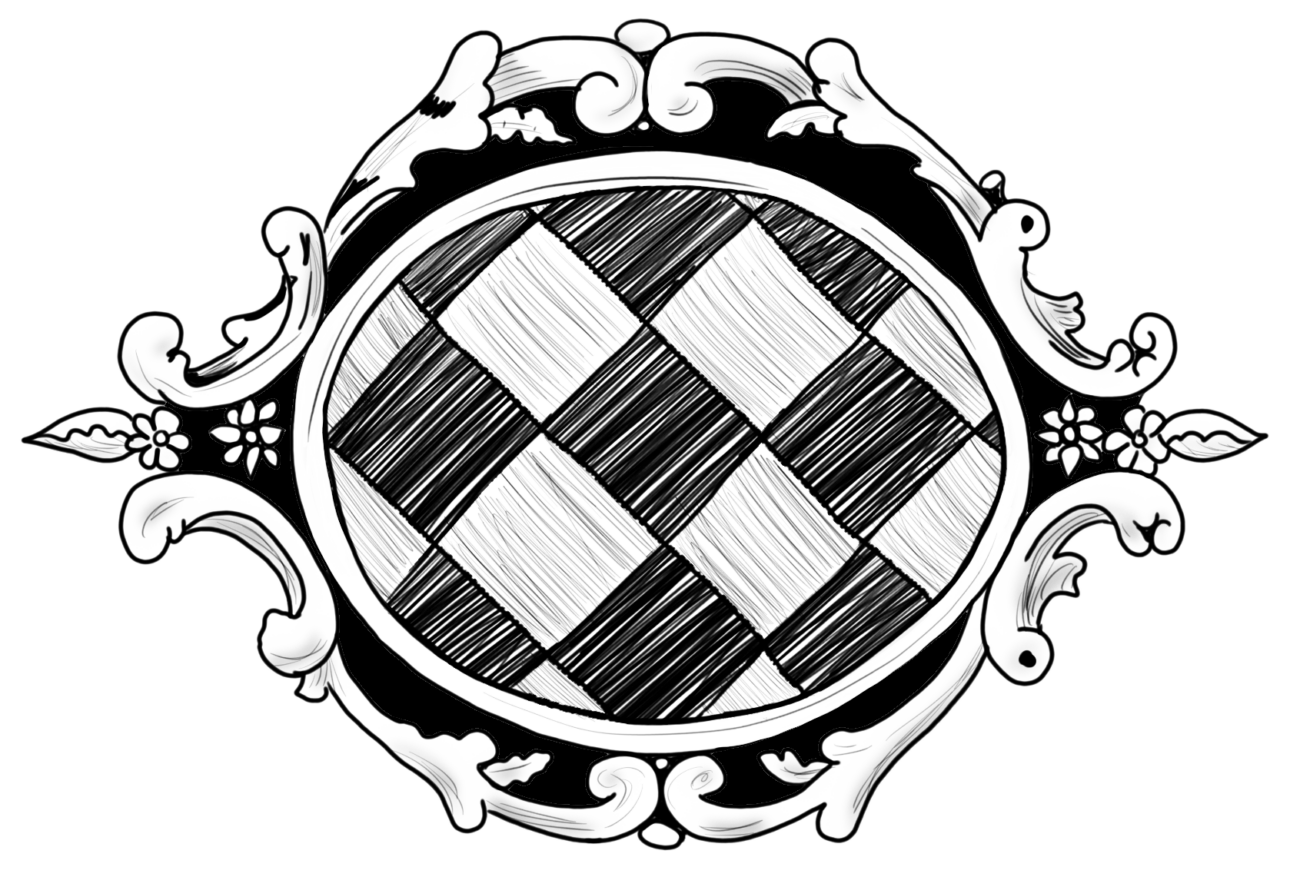
When Prince Albert passed in 1861, Queen Victoria went into mourning and stayed for the rest of her life. She commissioned several pieces of mourning jewelry to be made with locks of his hair. The “Swedish Songbird,” Jenny Lind, is credited with helping several Hårkullor – traveling hair workers from Våmhus, Dalarna, Sweden – set up shop in London and introduced them to the Queen. The most famous of which was named Martis Karin Ersdotter, who made several of the Queen and Jenny Lind’s pieces.
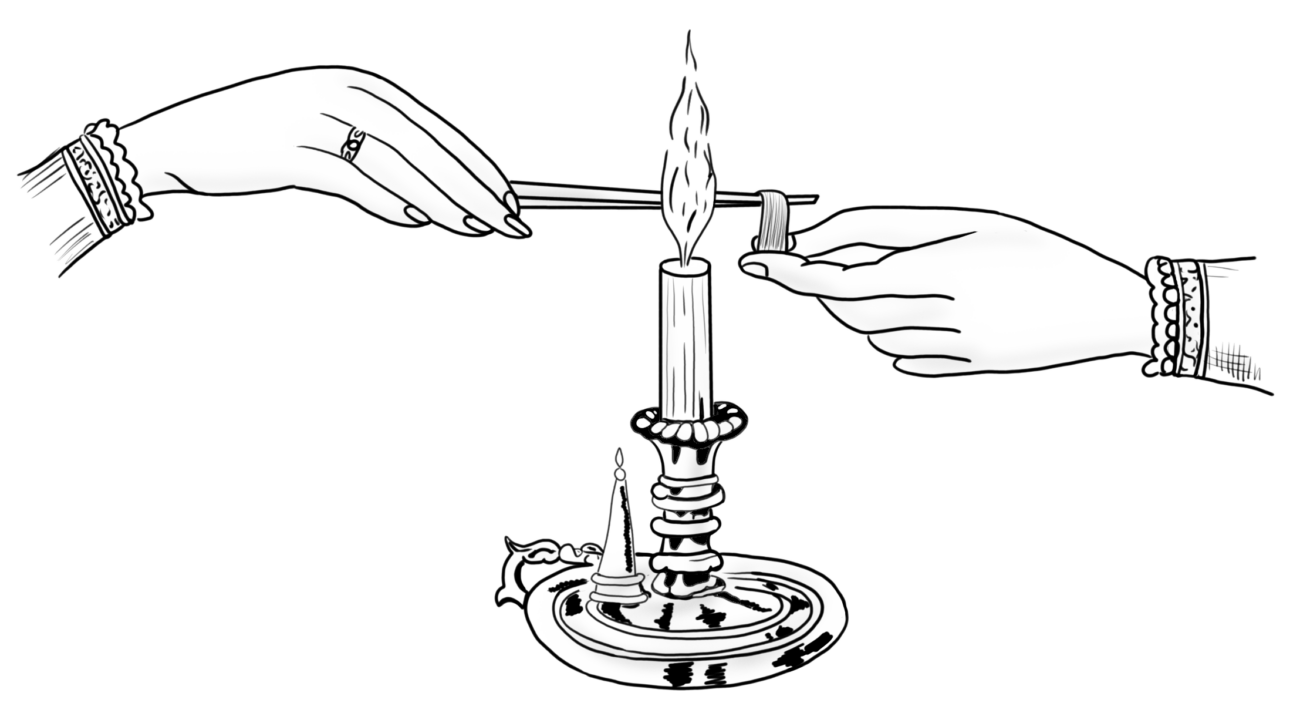
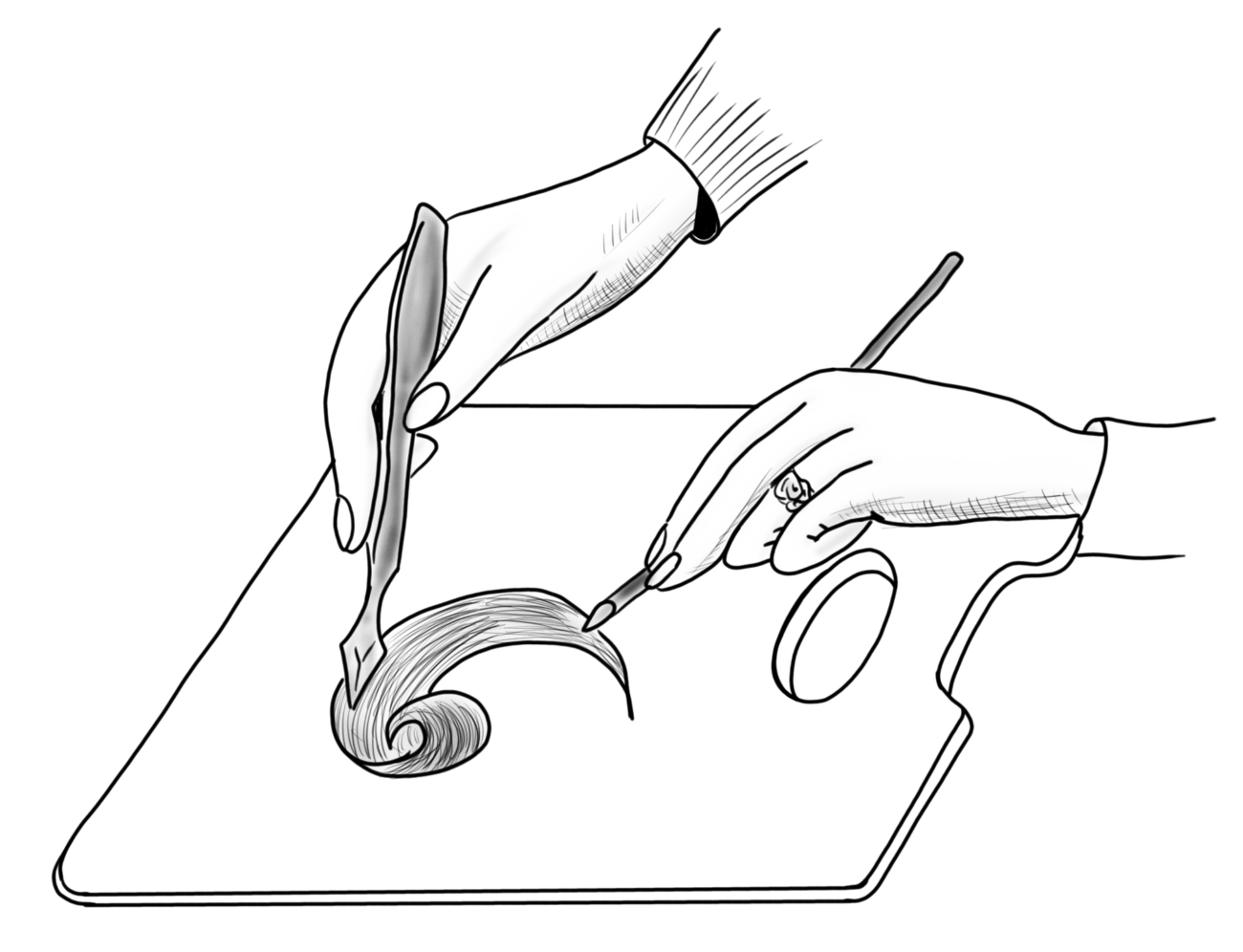

Four types of Hair Art were practiced – gimp work, table work, palette work, and dissolved work. The pair of necklaces displayed in the Rear Parlour are an example of table work. The hair is divided into strands and attached to bobbins. The strands are then placed on a hair work table with a counterweight and braided according to the pattern being followed. This is the type of hair work that the Hårkullor from Våmhus are credited with keeping alive for the past 200 years. They still practice and teach this craft in their village today. An example of a hair work table can be found in the Family Dining Room.
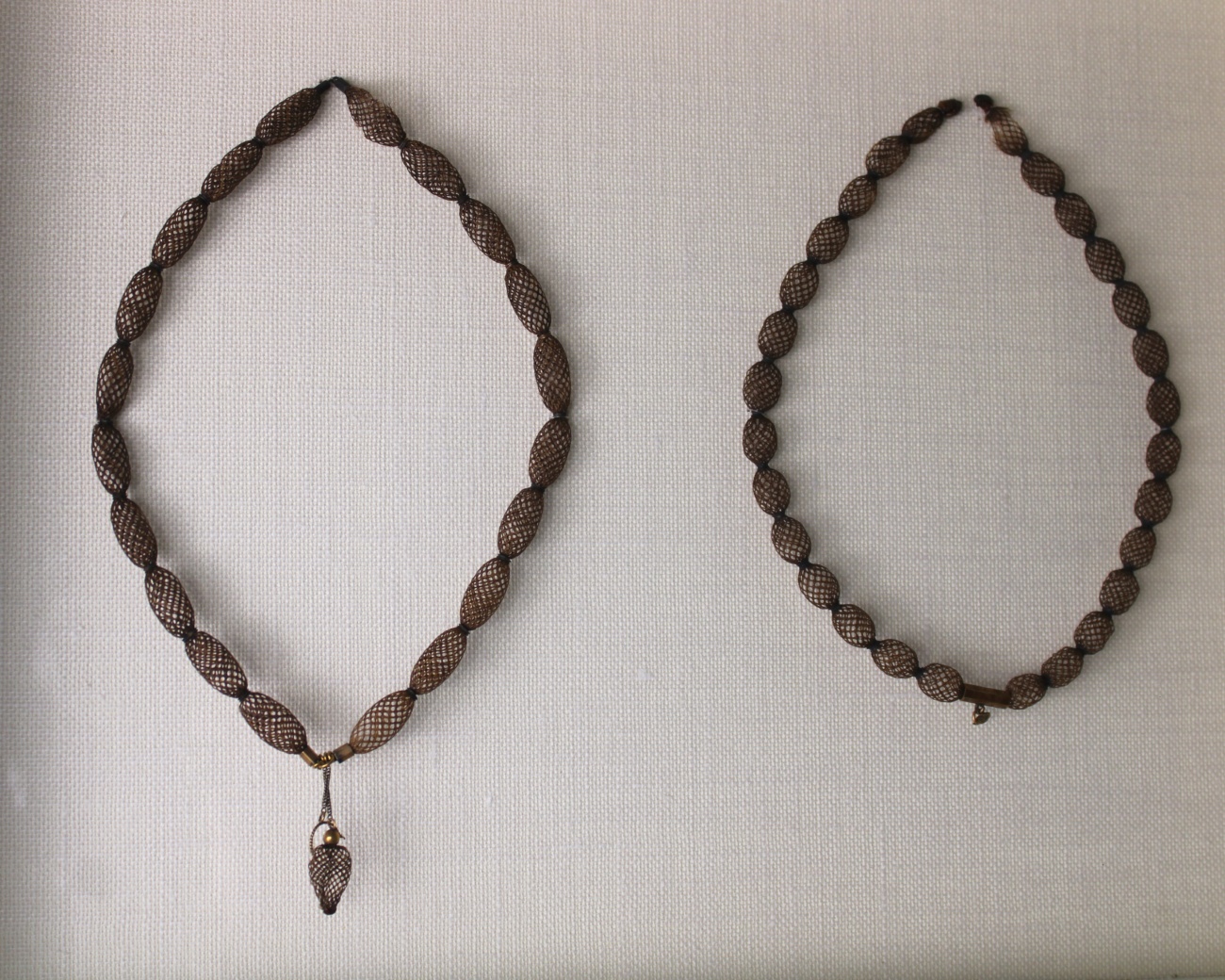
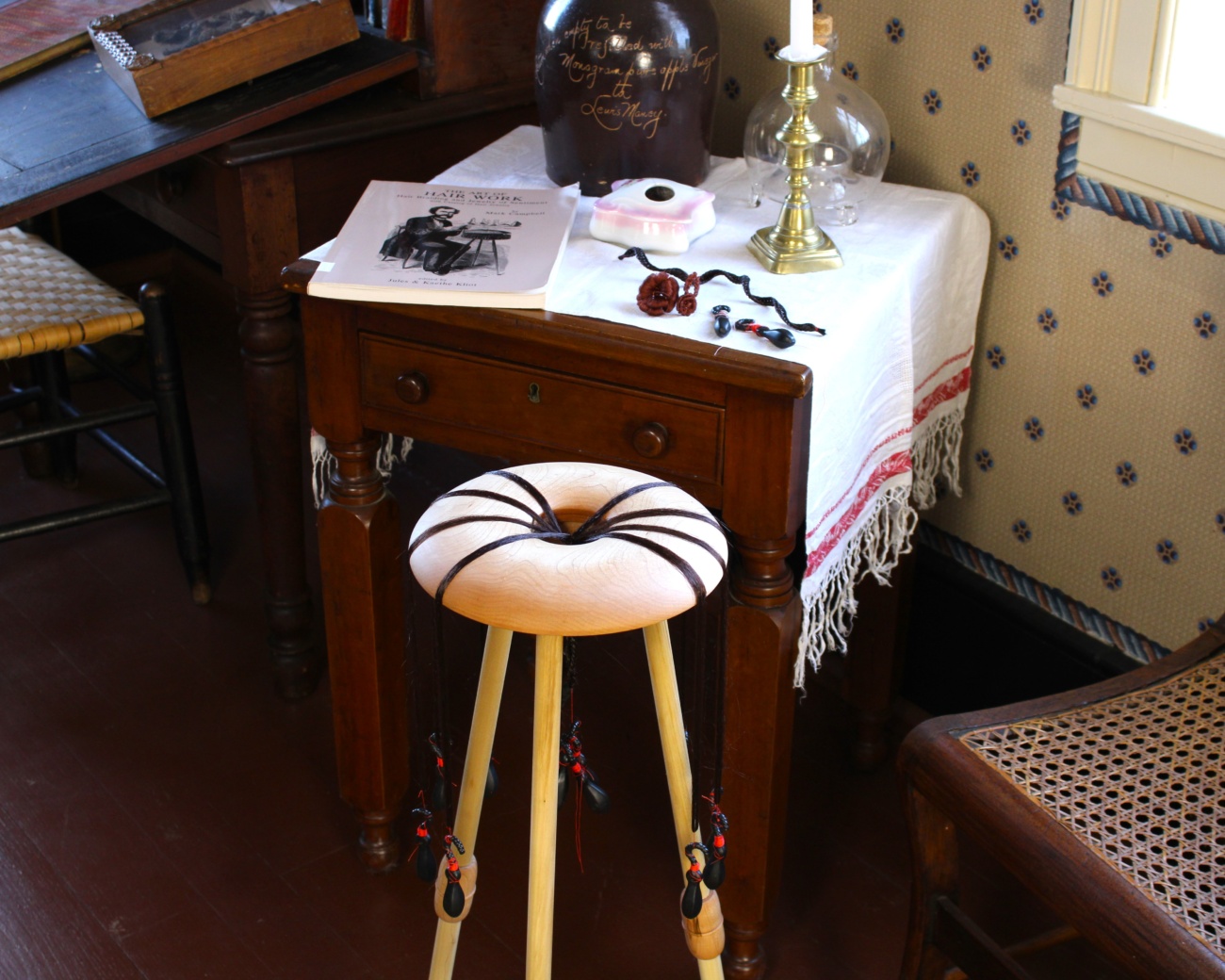
The hair flower wreaths, tree, and bouquet on display in the Rear Parlour are examples of gimp work. This was more commonly practiced as a “parlour occupation” or “fancy work” by female household members. This technique makes use of a knitting needle and wire to secure the hair in a chain of loops. The chains are then shaped and formed into the different flowers and petals you see in the pieces on display inside the Mansion. Sometimes beads or pearls are added to the flowers for a special touch.
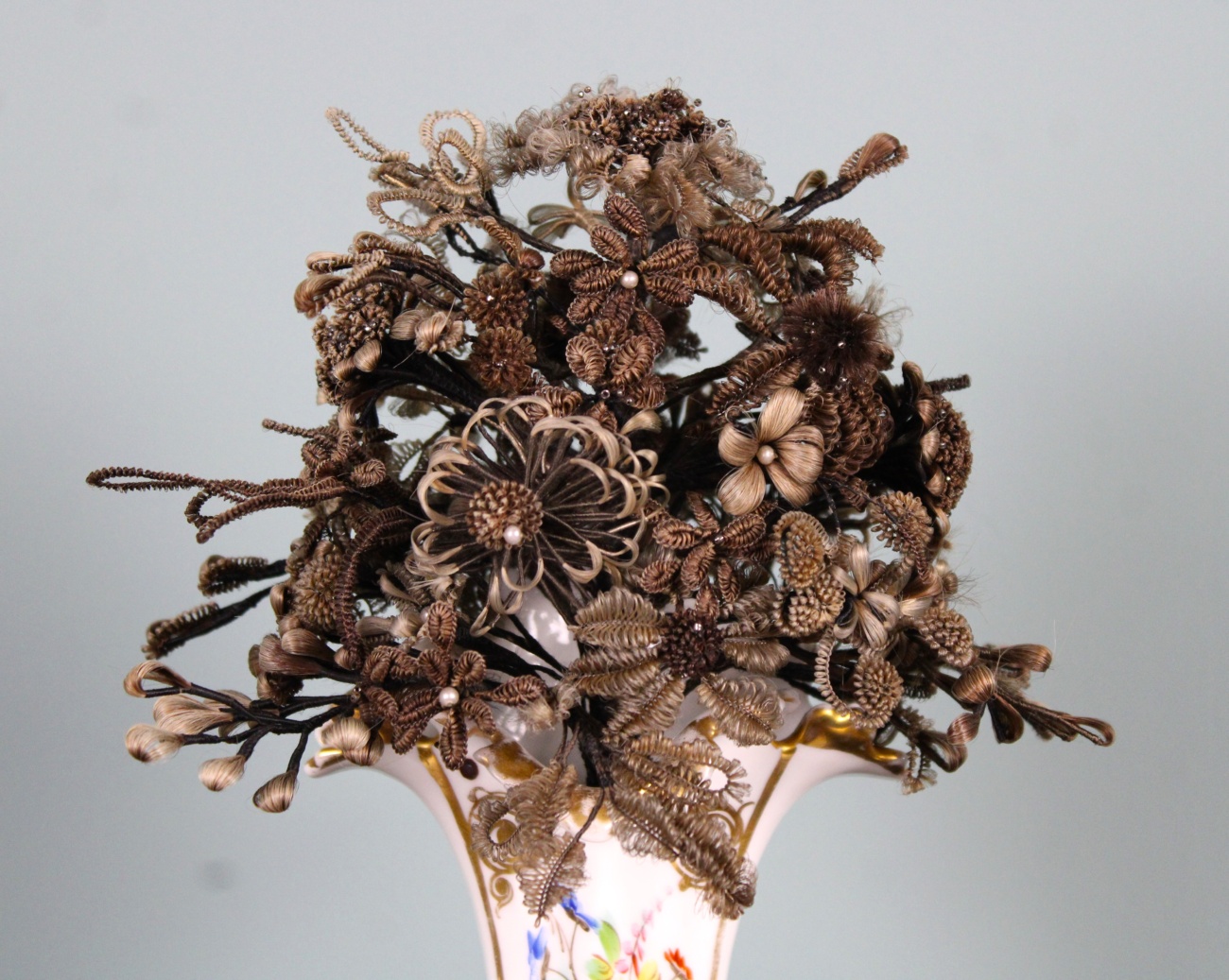

Although hair work was not primarily connected to death and mourning, it became a large part of mourning traditions in the Victorian Era. Palette work and dissolved work were the most commonly used types of hair work for these pieces. Palette work is created by gluing the hair strands side by side on a sheet of thin tissue. Once dry, the sheets can be cut to whatever shape is needed to make the desired image. Dissolved work is created by chopping or pummeling the hair into tiny pieces and mixing them into a paint medium. This is then used to paint a scene, usually on a small piece of ivory, creating a beautiful sepia toned miniature painting.
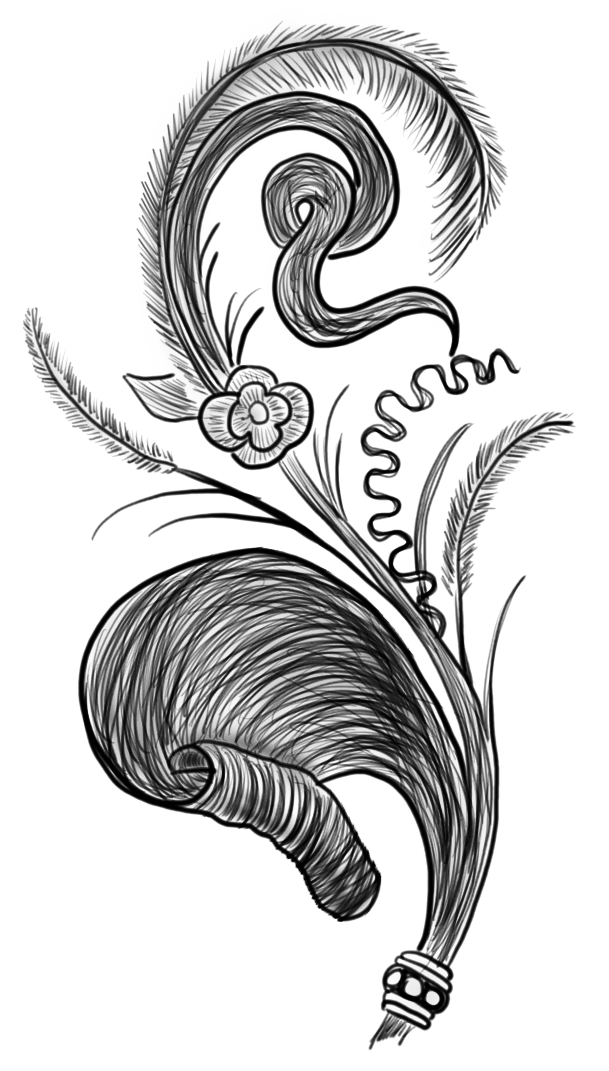


Oaklands Mansion now offers a special group tour that transports guests back to the Victorian era. Led by tour guide Jody Johnson, this exclusive tour provides a behind-the-ropes look at the historic mansion, an exploration of Victorian hair art, and a lesson in creating a hair flower using the gimp work method. This unique tour not only preserves and celebrates a fascinating aspect of Victorian culture but also invites guests to connect with the past in a meaningful and creative way.
The tour is priced at $45 per person and is limited to a maximum of 10 guests, and a minimum of 4 guests to reserve. Refreshments and all materials will be provided. A variety of hair art examples and reading materials on the subject will be on display for guests to explore at their leisure. The tour promises a hands-on and personalized encounter with Victorian history and artistry and allows for in-depth discussions and questions. Participants can fully engage in the creative process and take home a tangible memento of their visit to Oaklands Mansion.
The Victorian Hair Art Tour & Tutorial is also available as a traveling presentation. For more details about how to arrange bringing this experience to your special event or facility, please reach out to Jody@oaklandsmansion.org or fill out the form below.

